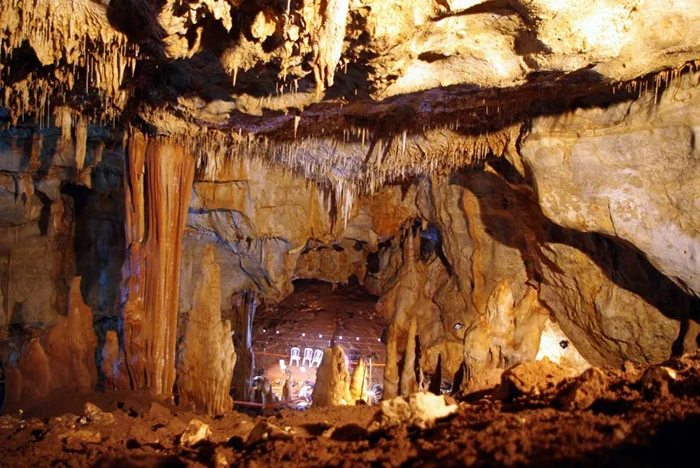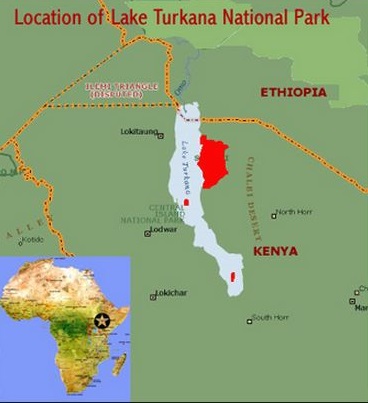Female Skull In Israel's Manot Cave Links Humans & Neanderthals 55,000 Years Ago
/Israeli researchers published a critical article this week, arguing that a 55,000 years-old, female skull found in the Manot Cave of Israel’s Western Galilee is a critical links in understanding the evolution of the human species. Scientists believe that the skull offers definitive proof that anatomically modern humans coexisted with Neanderthals in the same geographical area.
It’s widely accepted science that human origins date back about 200,000 years to Africa. However, there has not been agreement about which migration model of early Homo sapiens led to the population of our planet, accompanyied by the extinction of Neanderthals.
“The morphology of the skull indicates that it is that of a modern human of African origin, bearing characteristics of early European Upper Palaeolithic populations. This suggests that the Levantine populations were ancestral to earlier European populations,” said Prof. (Israel) Hershkovitz (of Tel Aviv University). “This study also provides important clues regarding the likely inbreeding between anatomically modern humans and Neanderthals.”
The Manot Cave, where the skull was unearthed, was discovered accidentally in 2008 when a bulldozer struck the cave roof, revealing a time capsule tens of thousands of years old. “This is a goldmine,” said Prof. Hershkovitz. “Most other caves are ‘disturbed caves,’ but this is untouched, frozen in time — truly an amazing find. Among other artefacts found there, the skull, which we dated to 55,000 years ago using uranium thorium methods, was astonishing. It provides insight into the beginnings of the dispersal of modern humans all over the world.”
According to Prof. Hershkovitz, the skull disproves two major narratives: that all modern human populations are linked to migrations out of Africa 100,000 years ago, and that early European Upper Paleolithic populations interbred with local European Neanderthals. Instead the skull indicates that modern humans met and interbred with Neanderthals in Israel, only to later pass on their genes to the rest of the world. Considering Europe was in the last Ice Age period, its harsh climate rendered it generally inhospitable, so humans from the Levant moved first to Asia, and only later (45,000 ago) to Europe.
Discover Magazine writes that Neanderthal remains dating back 50,000-65,000 years have been found near Manot Cave. The new skull called Manot 1 is the first recorded evidence that modern humans were living in the same place at the same time.
In a series of coincidences that are peppered throughout my life, scientists have threaded another needle in the highly-probable story that human life originated in the region of Lake Turkana bordering Kenya and Ethiopia before migrating into a region known today as The Levant.
In a very real sense, today’s religious wars are going on in the very region that is the cradle of human civilization. My own relationship with The Levant area is most focused on studying the evolution of the goddesses and the rise of monotheism.
Kenya, Lake Turkana and the Omo Valley people of Ethiopia are a much stronger connection — one revealed through my inexplicable connections with the young photographer Dan Eldon.


